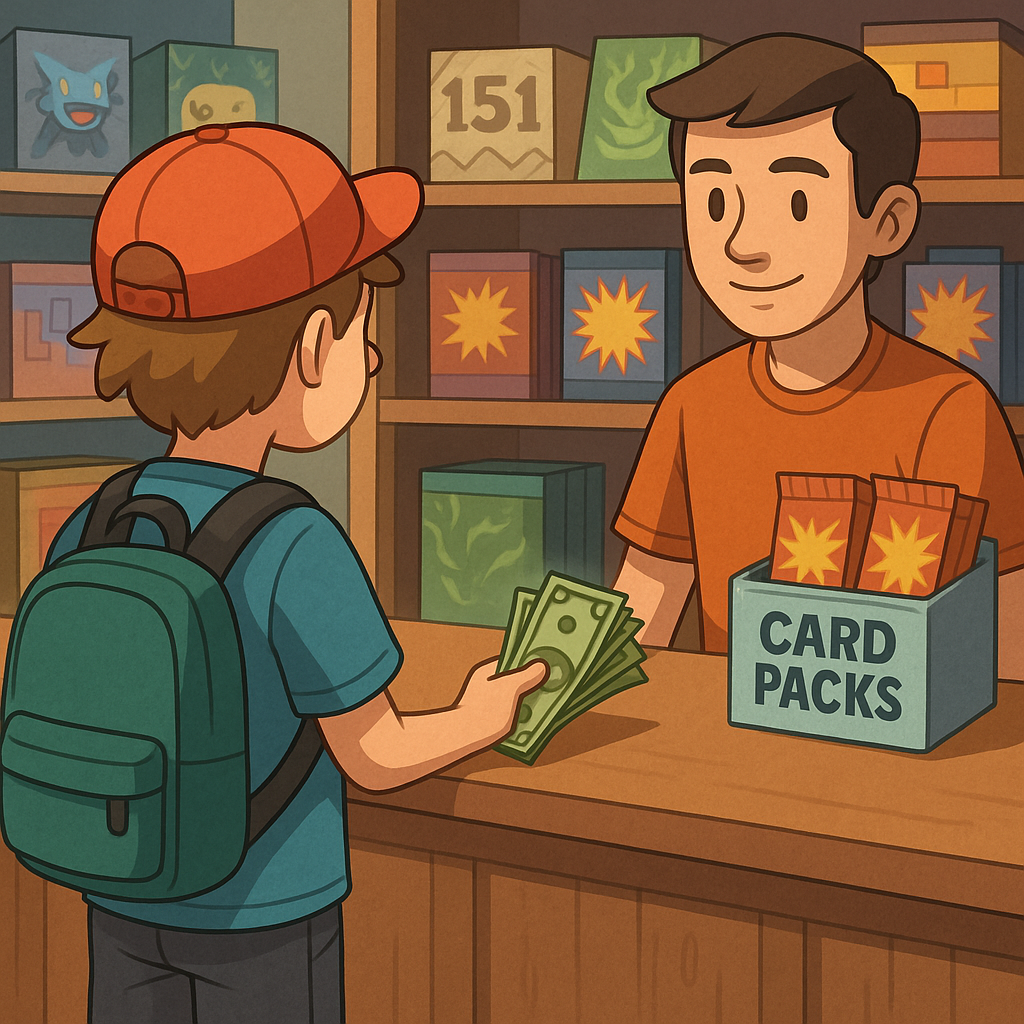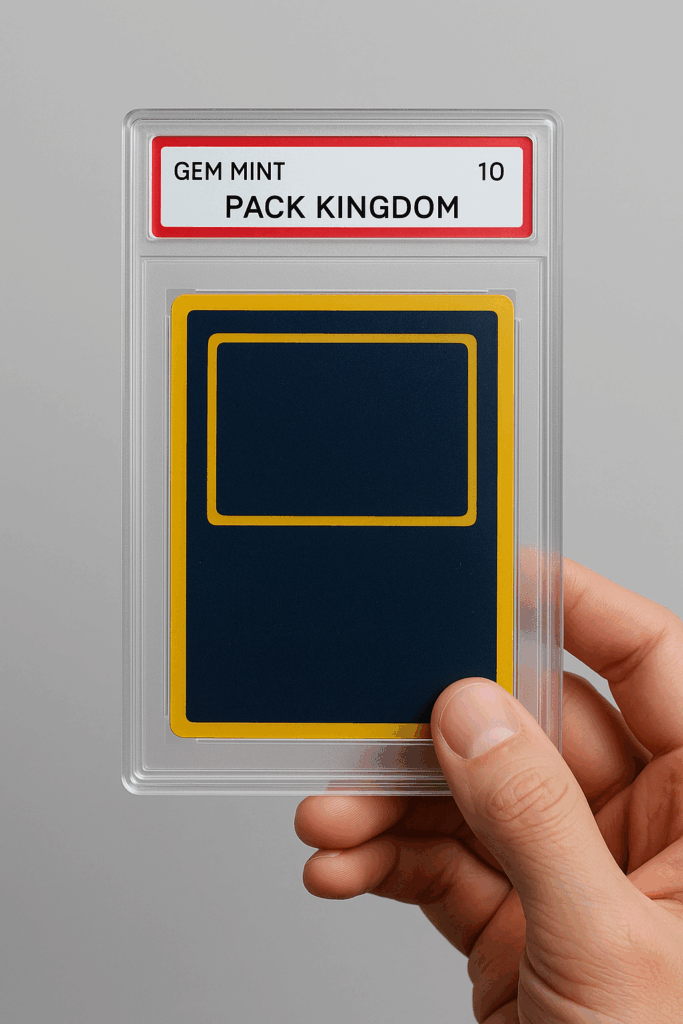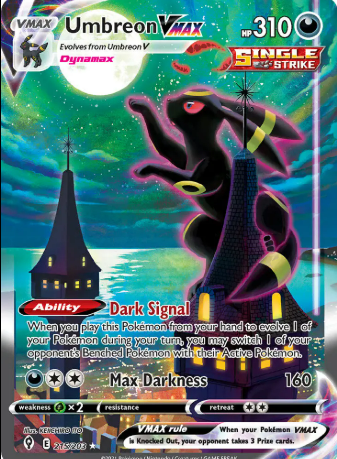Why Grading Pokémon Cards Is Worth It (And When It’s Not)
If you’ve pulled a shiny Charizard or rediscovered your childhood binder, you’re probably asking: is grading Pokémon cards worth it? In 2025, grading can dramatically boost a card’s value—but it also costs time and money.
In this guide, we’ll help you decide when grading makes sense, what it costs, and how to know if your card is grading-worthy or better left raw.
What Is Pokémon Card Grading?
Grading is the process of sending a card to a professional company like PSA, CGC, or Beckett, where it is:
- Authenticated
- Evaluated for condition (centering, edges, surface, corners)
- Sealed in a tamper-proof case
- Assigned a grade (1 to 10 scale)
A graded card offers:
- Market trust
- Preservation
- Potential resale premium

When Grading Pokémon Cards Is Worth It
1. High-Value or Iconic Cards
- Vintage holo cards (Base Set Charizard, 1st Edition holos)
- Modern chase cards (Alt Art Charizard, Moonbreon, Gold Pikachu)
- Japanese exclusives or promos with strong collector demand
2. Mint or Near Mint Condition
Cards in top condition see the biggest value jump:
- Raw card: £150
- PSA 10: £1,000+
Grading turns condition into ROI.
3. You Plan to Sell or Invest
Buyers trust graded cards more. PSA slabs act like a certificate of value.
4. You Want Long-Term Protection
Even if you’re not selling, slabs protect against scratches, moisture, and accidental damage.
When Grading Pokémon Cards Isn’t Worth It
1. Low-Value Cards (<£50 Raw)
If the card isn’t rare or in high demand, grading fees may exceed its value.
2. Played or Damaged Condition
Grading a card in poor shape (creased, whitening, etc.) rarely pays off.
3. You Just Like Having a Collection
If you’re not aiming for resale, enjoy the card as-is and store it in a binder or semi-rigid sleeve.
4. You Hate Waiting
Standard turnaround times range from 1 to 3 months (faster = more expensive).

How Much Does It Cost to Grade a Pokémon Card?
| Grading Company | Typical Cost (2025) | Turnaround Time |
|---|---|---|
| PSA | £19–£30 | 1–2 months |
| CGC | £15–£25 | 2–3 weeks |
| Beckett (BGS) | £20–£50+ | 1–3 months |
Express or bulk discounts available for large submissions.
CGC vs PSA vs Beckett: Which Is Best?
| Feature | PSA | CGC | Beckett (BGS) |
| Reputation | Industry leader | Gaining popularity | Known for tough grading |
| Resale Value | Highest | Mid-high | High (for 9.5/10) |
| Grading Scale | 1–10 | Subgrades (surface, edges, etc.) | Subgrades + black label |
| Turnaround | Medium | Fast | Slower |
Recommendation: PSA for top-dollar resale, CGC for speed/value balance, Beckett for ultra-premium cards.
How Much Value Does Grading Add?
Example: Umbreon VMAX Alt Art

- Raw (Near Mint): £350
- PSA 9: £650
- PSA 10: £1,200+
Grading can double or triple a card’s value if it scores well.
Caveat:
Cards scoring 6 or below often sell for less than their raw price due to the visible flaw being certified.
How to Grade a Pokémon Card (Step-by-Step)
- Inspect with soft light + magnifier
- Check for scratches, whitening, off-centering
- Use card savers (semi-rigid) for shipping
- Submit through official website or PSA/CGC bulk submitter
- Wait for your grades (track via account dashboard)
Related Posts
- What’s Inside a Pokémon Booster Pack? Pull Rates & Card Types Explained
- Top 5 Pokémon Booster Boxes to Buy in 2025
PSA Pricing
Explore PSA’s official submission pricing at PSAcard.com.
Got a rare pull you think could be a 10?
Check our card evaluation guide or message us for a free second opinion before you grade. Protect your collection and unlock full value!
FAQ
Should I grade my Pokémon card?
If it’s valuable, in mint condition, or you’re planning to resell it—yes. If it’s low-value or damaged, skip it.
Is PSA or CGC better for grading?
PSA usually offers higher resale value. CGC is faster and slightly cheaper.
What condition is needed to get a PSA 10?
Centering must be near perfect. No whitening, scratches, print lines, or dings. Factory-fresh cards have the best shot.